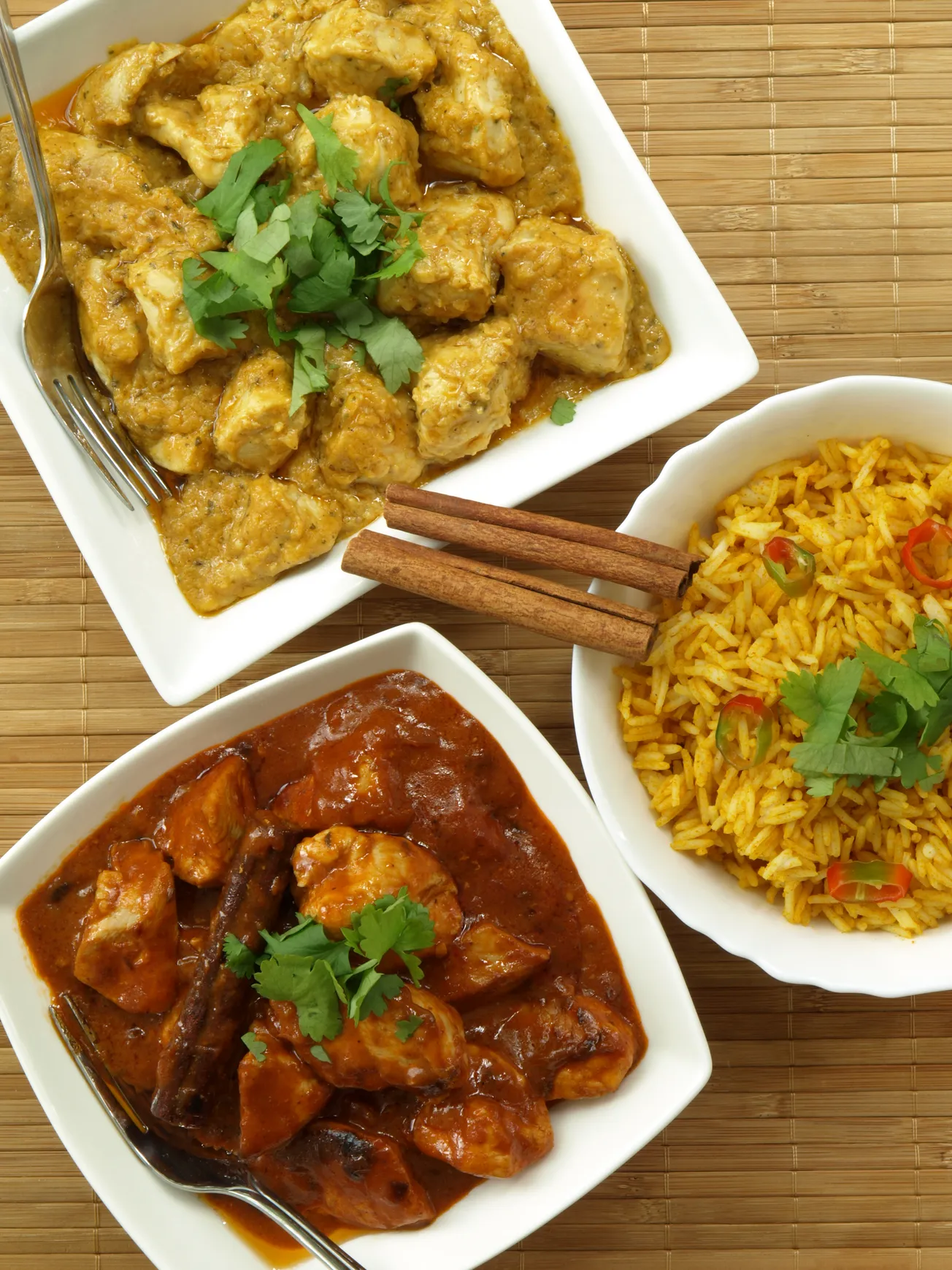Table of Contents
Kerala Cuisine: A Culinary Journey Through God’s Own Country
Kerala, nestled along the southwestern coast of India, is renowned for its lush landscapes, serene backwaters, and rich cultural traditions. But one of its most captivating aspects is its diverse and deeply flavorful cuisine, which reflects the region's geography, history, religious diversity, and trade influences. Known for its generous use of coconut, spices, and rice, Kerala's culinary offerings are a vibrant blend of vegetarian and non-vegetarian delights.
1. Vegetarian Delicacies: Simplicity with Complexity
Vegetarian food in Kerala is primarily associated with the Hindu population and temple traditions. The dishes are typically light, balanced, and packed with flavor, thanks to the use of coconut, curry leaves, mustard seeds, green chilies, and turmeric.
- Avial: A semi-thick mixture of vegetables cooked with grated coconut, yogurt, and coconut oil.
- Thoran: A dry dish made of finely chopped vegetables like cabbage, beans, or carrot, sautéed with coconut and tempered spices.
- Olan: A light, subtle curry made with white pumpkin, coconut milk, and black-eyed peas.
- Kaalan: A sour curry made with yogurt, coconut, and raw banana or yam.
- Sambar and Rasam: Staple lentil-based dishes, with regional Kerala twists using native vegetables and spice blends.
These vegetarian preparations are often part of a grand feast known as "Onasadya," served during the harvest festival of Onam, where over 25 different dishes are traditionally laid out on a banana leaf.
2. Non-Vegetarian Specialties: From Land and Sea
Kerala's abundant coastline and backwaters make seafood a staple, while meats like chicken, beef, pork, and duck are central to the diets of the Christian and Muslim communities.
a. Fish and Seafood
- Meen Curry: A tangy and spicy fish curry made with kokum or tamarind and spiced coconut paste.
- Karimeen Pollichathu: Pearl spot fish marinated in spices, wrapped in banana leaves, and grilled.
- Chemmeen Curry: Prawn curry with coconut milk and roasted spices.
- Fish Moilee: A mildly spiced fish stew simmered in coconut milk, popular in Christian households.
b. Chicken and Meat Dishes
- Nadan Kozhi Curry: Traditional spicy chicken curry.
- Thalassery Chicken Biryani: A Malabar specialty biryani with fragrant rice and chicken.
- Beef Ularthiyathu: A dry beef fry with coconut slices and spices.
- Pork Peralan: This is spicy and semi-dry pork dish sometimes with added coconut chips.
- Duck Roast: Common in festive Christian feasts, cooked with rich spices and coconut.
3. Regional Distinctions: Malabar and Travancore Cuisines
a. Malabar Cuisine (Northern Kerala)
The Malabar region, influenced heavily by Arab traders, is known for rich, spice-laden dishes and the liberal use of ghee.
- Pathiri: Rice pancakes served with curry.
- Kuzhi Mandi: Yemeni-influenced rice and meat dish.
- Kallummakkaya (Mussels) Curry: A seafood delicacy in Kozhikode.
b. Travancore Cuisine (Southern Kerala)
This region leans more towards vegetarianism, with subtle and less spicy dishes.
- Kootu Curry: A dry dish of yam and chickpeas.
- Inji Puli: Tamarind and ginger chutney.
- Theeyal: Roasted coconut-based curry.
4. Onasadya: The Grand Vegetarian Feast
One of Kerala's most iconic culinary events is the Onasadya, a 26+ item vegetarian feast served on banana leaves during Onam. Key dishes include:
- Parippu (dal)
- Sambar
- Avial
- Pachadi and Kichadi (yogurt-based sides)
- Olan, Erissery
- Banana chips and Sharkara Varatti (jaggery-coated chips)
- Pappadam
- Payasam varieties like Ada Pradhaman and Parippu Payasam
Each dish plays a symbolic role, representing various aspects of life and harvest.
5. Global Adaptation and Popularity
With a growing diaspora and global curiosity in Indian cuisine, Kerala dishes have found their place in restaurants from Dubai to New York. Dishes like appam with stew, Kerala parotta with beef, and banana leaf meals are now staples in international Indian dining experiences. Vegan and gluten-free eaters find Kerala cuisine appealing due to its rice and coconut base.
6. Traditional Cooking Techniques and Ingredients
Kerala cuisine extensively uses:
- Coconut (grated, milk, oil)
- Spices (black pepper, cardamom, cloves, cinnamon)
- Tamarind and Kokum
- Fresh Curry Leaves and Mustard Seeds Traditional cooking is done in clay pots over wood fires, giving a smoky flavor that modern adaptations often strive to replicate.
Conclusion
Kerala cuisine is not just food; it is a celebration of life, land, and legacy. Each dish tells a story of migration, community, and adaptation. Whether it's a humble thoran or a rich biryani, every bite of Kerala food connects you to the lush landscapes and layered traditions of God's Own Country.









